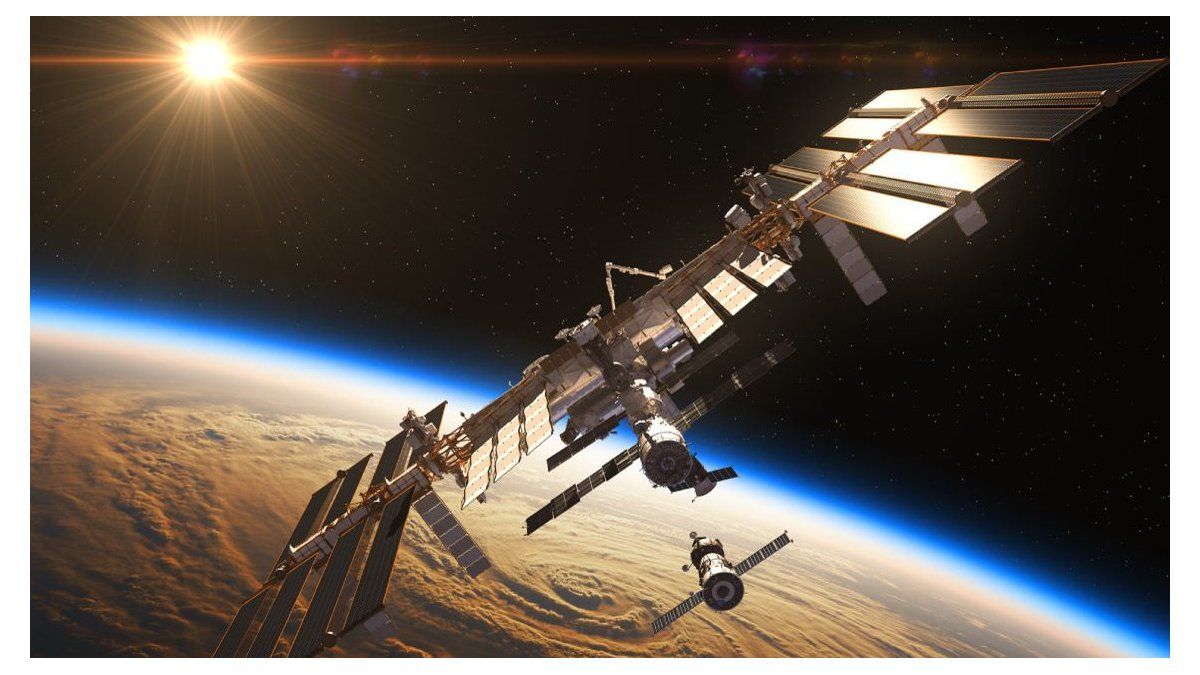An astronaut from the US space agency shared the content on his social networks. He managed to take nearly 200,000 images while on board the ISS.
The astronaut Matthew Dominick of the National Aeronautics and Space Administration (NASA) captured stunning images from the International Space Station (ISS)which is located about 400 kilometers of the earth’s surface.
The content you want to access is exclusive for subscribers.
The video was shared by Dominick -who is part of Expedition 71 on the ISS- on his social networks and explained what happened to create this phenomenon. The astronaut of the POThas already taken about 200,000 images aboard the Station for a mission that would last about six months.


How the auroras that NASA managed to capture are produced
Along with the images, Matthew Dominick wrote: “Timelapse of the Moonset in rays of light red and green aurorafollowed by a sunrise that illuminates the Soyuz (a Russian module) with a clear blue.” He added: “The auroras have been amazing these past few days.”
In another message, the astronaut noted: “The Moon makes its way towards the horizon to hide between the red and green aurora. I am very lucky to be able to take this photograph.”.
Auroras occur when the charged particles from the Sun interact with gas molecules in Earth’s atmosphere. The molecules receive high levels of energy and emit light. In addition, it is interesting to note that depending on the variety, it emits different tones, for example green is oxygen.
NASA commissioned the ship to destroy the Space Station
NASA commissioned Space X, company run by Elon Muskthe construction of a spacecraft capable of deorbiting the ISS. The mission will be carried out when the international collaboration project ends its operational life in 2030.
The orbital station was launched into space on November 20, 1998 and has been active for 25 yearsHowever, the mission that will mark the end of its useful life will be carried out in 2030.
This was announced by the US space agency in a statement, in which they also detailed that the budget allocated by NASA for the development of the ship will be US$843 million.to.
Source: Ambito




